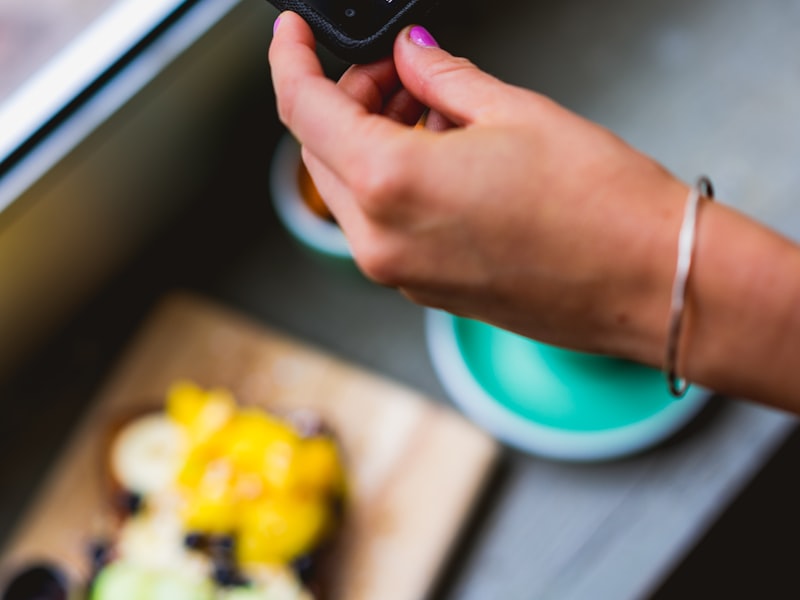There are many various kinds of aquaculture, after which dozens more individual techniques and ideas within each category. Yet, all of them take advantage of the usage of proper liners chosen designed for fish and plant use. With out a liner, the various ponds, trenches, tanks, along with other units of an aquaculture method is susceptible to develop leaks and fail with time. While early systems only relied on natural or hand-dug dirt ponds, today’s systems less difficult heightened and work most effectively with the right liner. A geomembrane is a geosynthetic that’s highly impermeable, and thus it traps water therefore it can’t seep out. They are flexible, adaptable, chemically resistant, as well as simple to setup in ponds associated with a size. Learn the reason geomembranes work so well as liners in nearly any aquaculture project.
Fewer Contamination Risks
Setting up a really impermeable barrier, as opposed to hoping the natural soil and clay layers controls discharge, may be the best way in order to avoid water and soil contamination. The nutrient solution used for raising crops is simply too prone to cause harm if in a position to seep out over the soil. Even rigid barriers, like concrete, allows the water to slowly seep from the ponds or raceways and spread. Controlling seepage is the vital thing to preventing contamination and it's also best accomplished by using a geomembrane liner using a high impermeability rating.
Better pH Control
Exposing the water in the fishpond or raceway on the bare soil also causes it to be harder to maintain the river quality parameters. In particular, pH levels often stay lower or more than fish like according to if the soil is acidic is alkaline. By adding an actual barrier relating to the soil and the water, it’s much easier to keep up with the exact pH desired. Dissolved mineral and ammonia levels will also be much easier to manage with the aid of the best liner. Rising groundwater levels can infiltrate it or raceway and dilute a nutrient means to fix the point where crops fail. Liners preclude this from occurring at the same time.
Prevention of Water Loss
Aquaculture projects, that don’t take place in an existing natural body of water just like the ocean, need a steady supply of water. That is increased greatly when the design is open and non-recirculating. If you think about the value of each gallon water pumped or diverted into the system, you can’t manage to lose lots of the complete water to seepage or leaks. Combine the system with enclosed greenhouses and other covers and you can even reduce evaporation dramatically. If you’re planning to recirculate the same water repeatedly, you’ll definitely need to minimize water loss in any way points.
Larger and much more Predictable Harvests
Some studies of aquaculture, in particular those involving shrimp and fish like carp, see that lined systems produce larger and healthier products at the harvest. This may also exist in crop-production systems. For shrimp and fish, the larger growth and faster rate of development are typically as a result of stable water quality and increased food sources gathering towards the bottom of the pond. This too help crops, together with greater concentrations of nutrients since they’re not lost to the surrounding soil. If you’re trying to make a profit or support a charity which has a large-scale aquaculture project, you’ll definitely want the most important and fastest possible harvests.
Reduced Disease Build-up
Lining a pond or raceway will give you more opportunities for cleaning and controlling the conditions. Pond dry down is a kind of process between batches of fish or crops to get rid of lingering water-carried diseases and pests. Clay and soil ponds rarely dry out completely since the sediment at the bottom traps a great deal of moisture. Shrimp and shellfish, like mussels, are particularly susceptible to the build-up of diseases and also other issues that reduce their production rate. By lining the pond, you can dry it down completely as much as you want and get rid of every one of the sludge to realize full sanitization.
For more info about bat lot ho tom go to see this useful web portal
